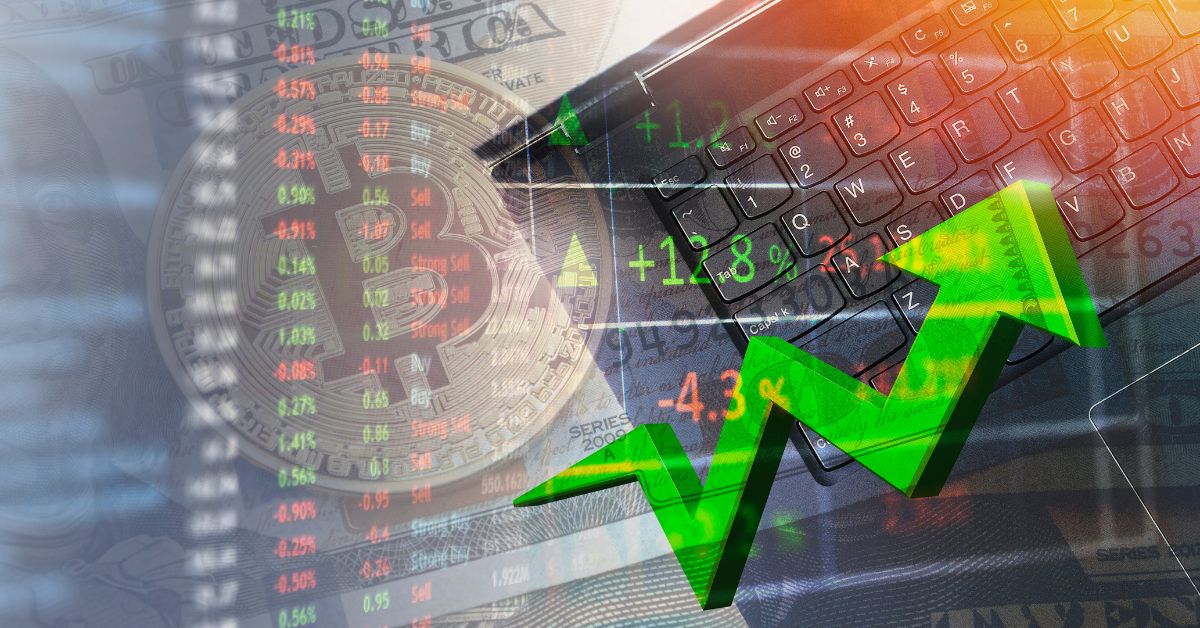Cryptocurrencies have taken the financial world by storm, and among the most popular and widely traded is XRP. XRP is the digital asset used by the Ripple payment protocol, designed to facilitate fast and secure cross-border transactions. As with other cryptocurrencies, the value of XRP is determined by market forces, and its price is reflected on the XRP chart. In this article, we will examine the XRP chart, what it is, and why it matters.
What is the XRP Chart?
The XRP chart is a graphical representation of the price movement of XRP over a specific period of time. It displays the price of XRP in USD or other currencies and allows traders and investors to track and analyze the performance of the cryptocurrency. The chart is created using data from various cryptocurrency exchanges where XRP is traded, and it can be accessed via an online platform such as kanalcoin.com
The XRP chart is typically displayed as a candlestick chart, which is a popular charting format used in technical analysis. Candlestick charts display the opening, closing, high, and low prices of XRP for a given time period, usually ranging from minutes to months. Each candlestick represents a single trading period, with the body of the candlestick representing the opening and closing prices and the shadows (or wicks) representing the high and low prices.
Why is the XRP Chart Significant?
The XRP chart is significant for several reasons, including:
- Price Discovery: The XRP chart plays a critical role in price discovery, which is the process of determining the fair value of an asset based on supply and demand. By tracking the price movement of XRP on the chart, traders and investors can make informed decisions about buying or selling the cryptocurrency.
- Technical Analysis: The XRP chart is an essential tool for technical analysis, which is the study of past price and volume data to identify patterns and predict future price movements. Technical analysts use various indicators and charting tools to analyze the XRP chart and make trading decisions.
- Market Sentiment: The XRP chart reflects market sentiment, which is the overall attitude or outlook of traders and investors toward the cryptocurrency. A bullish XRP chart indicates positive market sentiment, while a bearish chart indicates negative sentiment.
- Trading Strategies: The XRP chart is used by traders to develop trading strategies, which are sets of rules and guidelines for buying and selling XRP. Trading strategies may be based on technical analysis, fundamental analysis, or a combination of both.
- Risk Management: The XRP chart is also significant for risk management, which is the process of identifying, assessing, and managing risks associated with trading XRP. By analyzing the XRP chart, traders can identify potential risks and take appropriate measures to mitigate them.
Conclusion
The XRP chart is a vital tool for traders and investors in the cryptocurrency market. It provides a graphical representation of the price movement of XRP, allowing traders to track and analyze the performance of the cryptocurrency. The XRP chart plays a critical role in price discovery, technical analysis, market sentiment, trading strategies, and risk management. By understanding the XRP chart and its significance, traders can make informed decisions about buying and selling XRP.

